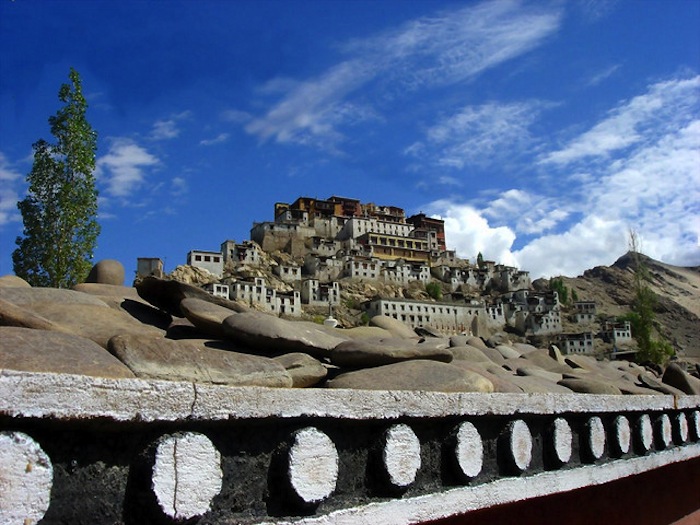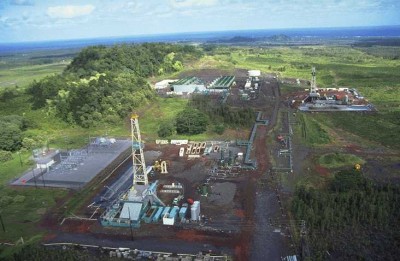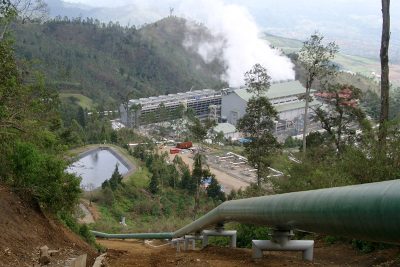India urged to explore and develop its geothermal potential
India should and needs to focus more on geothermal as part of its drive to develop renewable energy projects and it is considered to have the potential for geothermal development.
Having looked at India, there are signs for potential geothermal development, but so far not much has happened. So this news piece that urges India to look at geothermal energy more in its approach to develop new renewable energy projects, caught my eye.
According to the piece, it says that “within the renewables space, India has traditionally invested in wind power and, more recently, solar power. However, it has yet to realize the untapped potential of geothermal energy, despite being one of the first countries to begin geothermal projects in the 1970s. Datamonitor believes that utilizing geothermal energy resources will allow India to address its severe energy supply-demand gap.
India boasts a number of geothermal sources spread across the country. Indeed, the Geological Survey of India has identified more than 350 hot springs, with surface temperatures reaching up to 980 degrees Celsius. Among the major potential geothermal energy exploitation sites in the country are the Himalaya province, Cambay and Son-Narmada-Tapi.
The Puga hot spring area of Ladakh has been recognized as the most intense geothermal field in the country. It is estimated to have the capacity to generate 30-40MW of electricity at a temperature of 240 degrees Celsius at relatively shallow depths. Overall, the geothermal energy potential in India is estimated to be around 10,600MW, five times the total power being produced in India from other non-conventional energy sources such as solar, wind and biomass.
However, policymakers have not given due importance to geothermal energy. Unlike with other renewable sources, the government does not provide any benefits or incentives to attract investment in geothermal energy. In fact, a Central Electricity Regulatory Commission (CREC) directive which requires electricity utilities to purchase green power as a minimum of 6% of their installed capacities lists all clean sources except for geothermal energy.
Of late, India’s private sector has realized the geothermal potential and plans to launch projects in this area. For example, LNJ Bhilwara Group has signed an agreement with Iceland-based Mannvit for the development of geothermal projects in India, while Tata Power plans to set up a 5MW geothermal plant in the Indian state of Gujarat. French company Alstom has also expressed interest in investing in geothermal projects in the country. However, the realization of these plans and any other initiatives will depend on the government’s willingness to develop geothermal energy.
Although geothermal plants involve high capital investments and risk at the exploration stage, once capital costs are recovered the cost of electricity generation is comparable with other sources like solar and wind. The electricity generation cost from new geothermal plants is around $0.05-0.08 per kilowatt hour. Furthermore, as geothermal energy has many other applications (space heating, agriculture, balneology etc.), this has positioned it as a key element in the energy matrix of many countries.
Geothermal power generation is also an exceptional source of energy for off-grid remote rural regions of the country. The electricity generated – even from small geothermal power plants of 5kW – can significantly change the energy availability and living standards in some rural areas such as Ladakh.
The US leads the world in terms of geothermal electricity generation, producing around 15 terawatt hours per year from 77 geothermal power plants with a total installed capacity of 3,000MW. The Philippines and Indonesia are the leaders in Asia, with geothermal energy accounting for about 27% and 4% of their total electricity generation, respectively. Iceland, meanwhile, generates around 53% of its total electricity requirements from geothermal sources. [Comment: actually Iceland derives 25% of its electricity from geothermal, but with more than 90% of its homes heated by geothermal, Iceland derives about two thirds of its primary energy demand from geothermal]
Given its insatiable energy demand, India cannot afford the luxury of wasting any reasonably accessible energy source. Geothermal energy can complement other renewable sources in meeting India’s increasing electricity supply-demand gap, while at the same time helping to reduce emissions in the country. In light of these facts, Datamonitor believes that now is the time for India to launch its geothermal energy resources program and harness the full potential of this critical natural resource.”
Source: iStockAnalyst



















